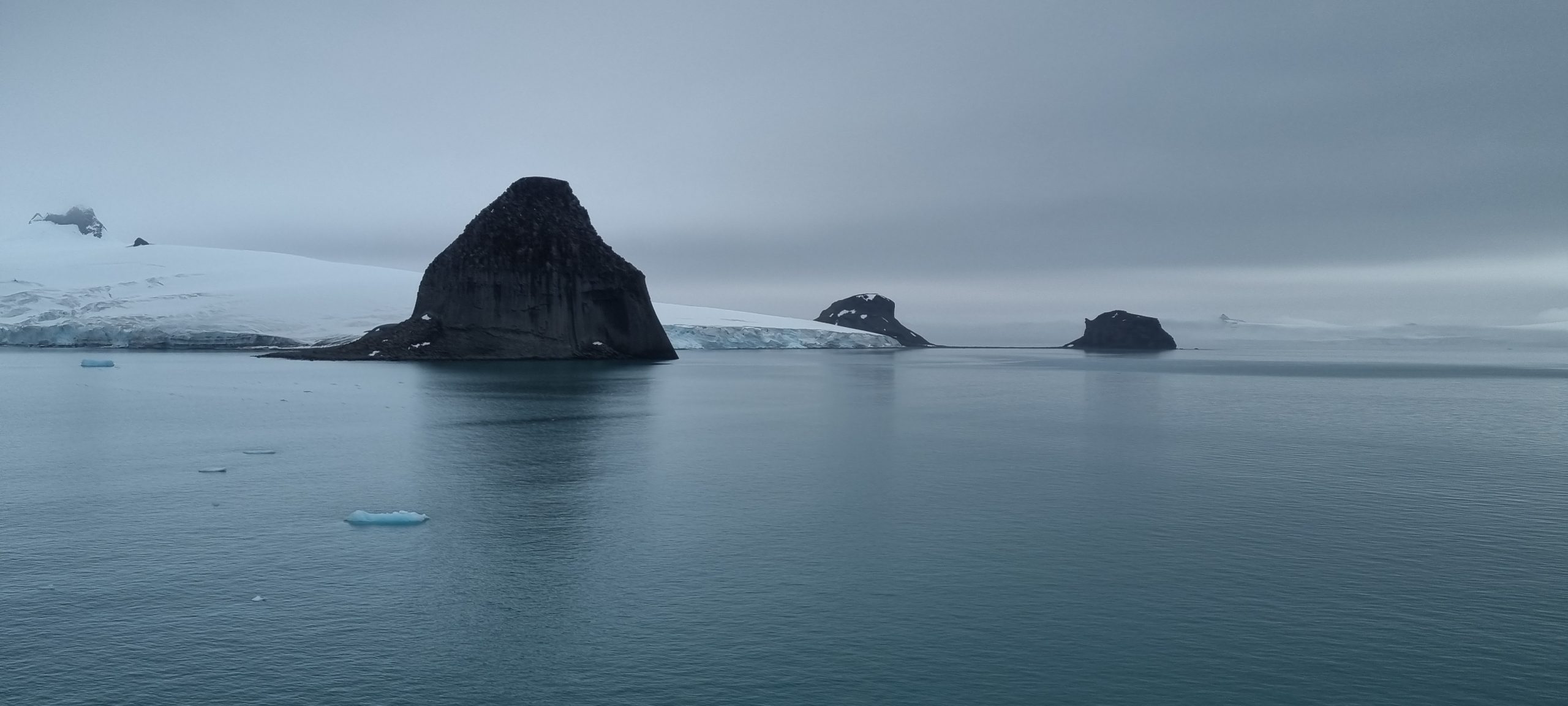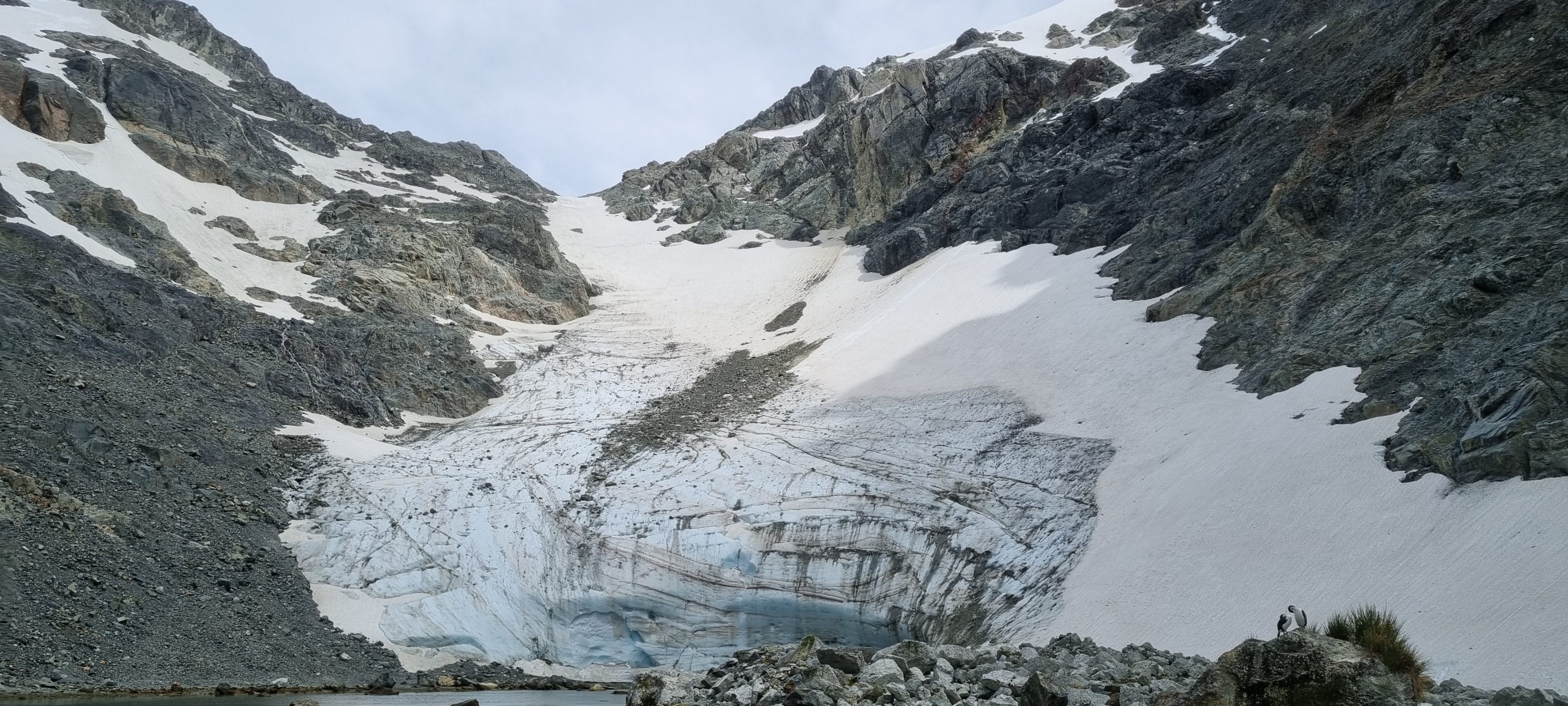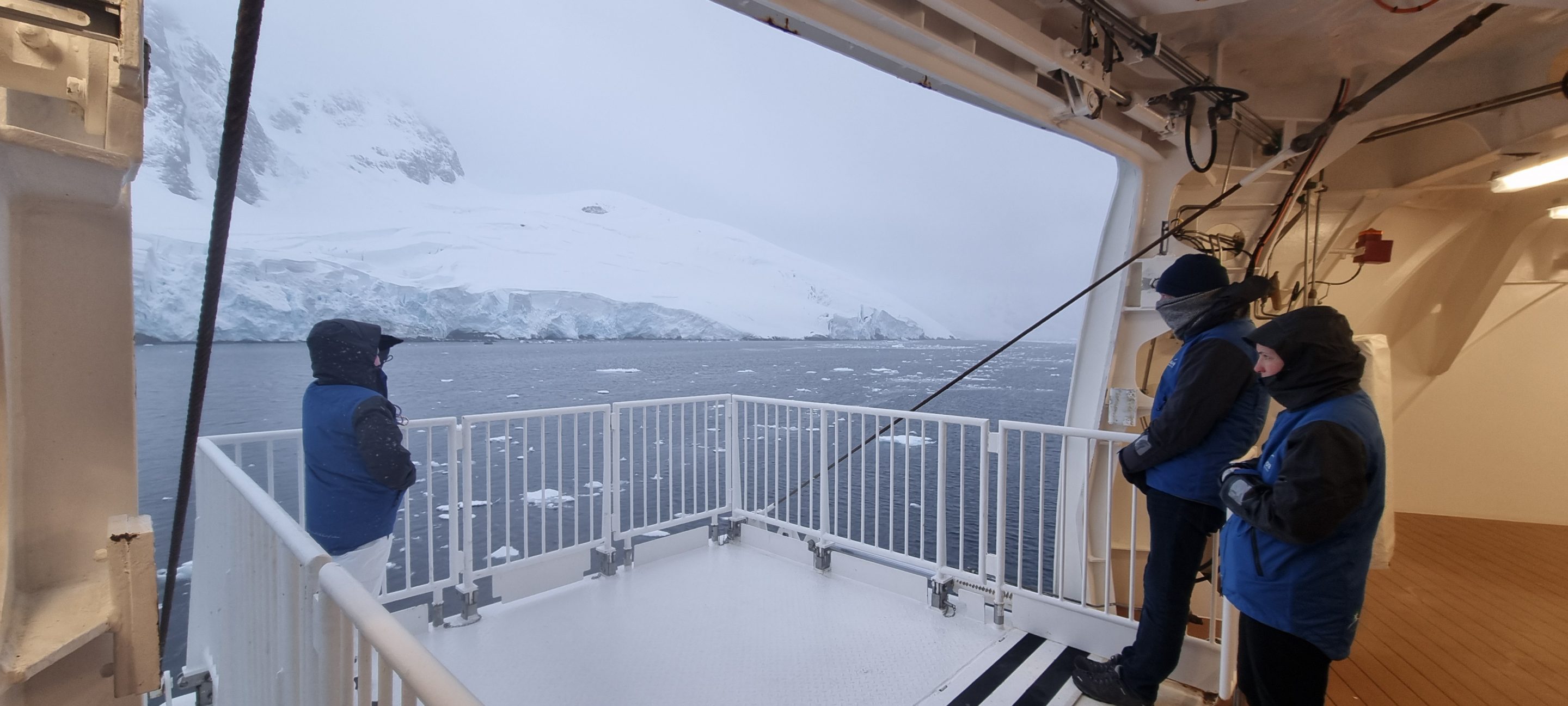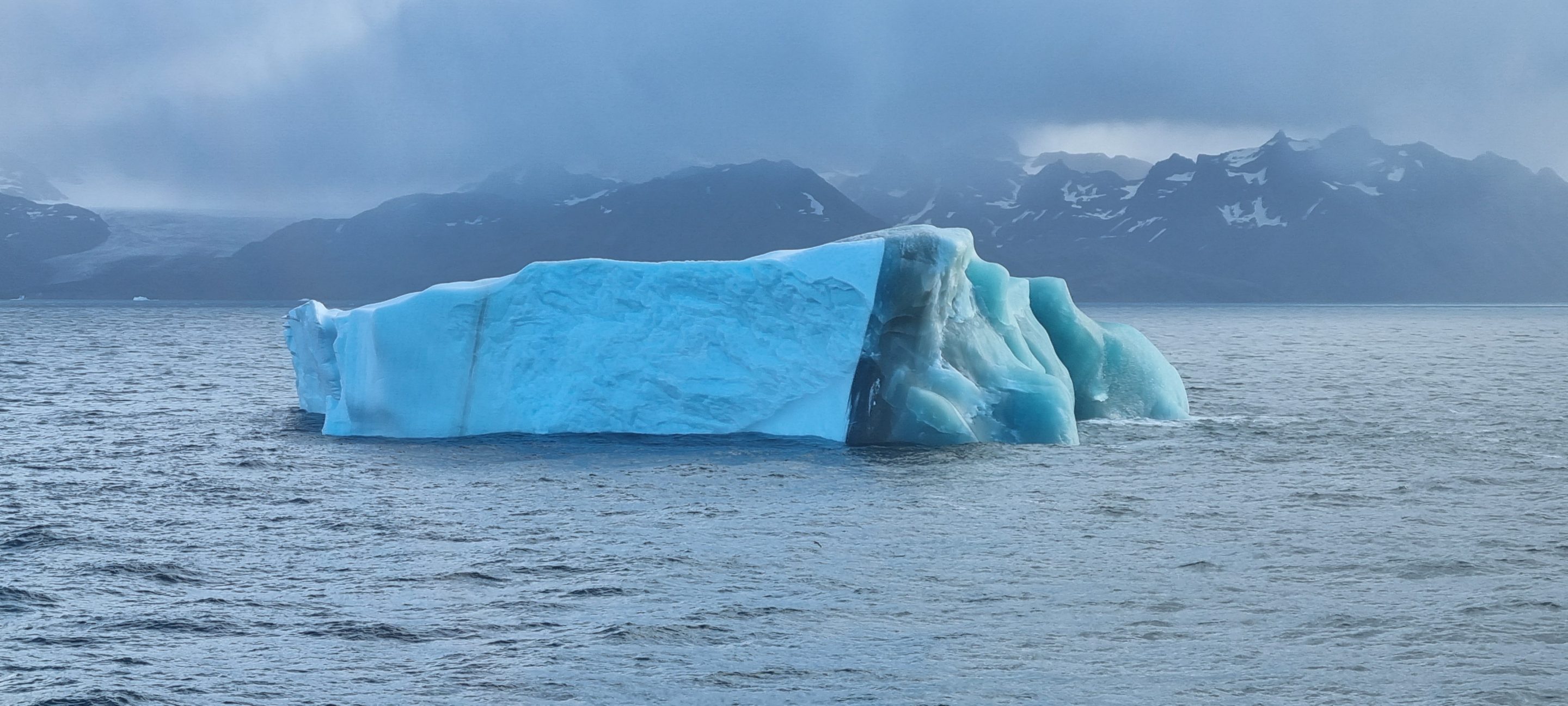Citizen Science in Antarctica
Understanding Citizen Science
Citizen science enables individuals to actively participate in scientific research and monitoring projects, typically under the guidance of professional scientists and research institutions. This approach offers an accessible way for people to learn more about specific scientific subjects while contributing to significant research endeavours.
Benefits of Participation
Citizen science is mutually beneficial. Participants enjoy engaging in scientific exploration and expanding their knowledge. Simultaneously, scientists benefit from a larger pool of data than would be achievable through traditional methods alone. This collaborative model allows research to be conducted more rapidly and across a broader scale, enhancing the potential impact of scientific studies.
Expanding the Scope of Scientific Research
By involving citizen scientists, research teams can increase the volume and diversity of collected data, which strengthens the reliability of findings. Through citizen science, projects that might require extensive resources and time can be achieved more efficiently, enabling faster progress in various scientific fields.
Get Involved in Citizen Science on Your Antarctic Cruise
Antarctic cruises offer passengers unique opportunities to participate in active scientific research projects. Many ongoing research initiatives on cruise ships invite travellers to collect and share data that supports scientific studies in the region. Below are some key citizen science projects passengers can join during their Antarctic journey.
FjordPhyto: Phytoplankton Sampling
The FjordPhyto project focuses on collecting phytoplankton samples from the polar fjords of the Antarctic Peninsula. Phytoplankton are essential to the Antarctic ecosystem, forming the base of the marine food web. Their populations serve as indicators of environmental change, making them critical for monitoring ecosystem health.
Participants receive sampling equipment and guidance on collecting water samples at different locations along their cruise. Scientists later analyse these samples to study phytoplankton diversity and distribution, helping assess the condition of Antarctic marine ecosystems.
Learn more about FjordPhyto here.
HappyWhale: Tracking Whale Populations
HappyWhale invites passengers to contribute to whale research by photographing whale sightings. This project uses unique whale identifiers, like tail patterns, to monitor whale populations and movements, including in Antarctic waters.
During the cruise, passengers can photograph whales they encounter, especially focusing on identifiable features. These images are uploaded to the HappyWhale database, where they are matched with existing records or added as new sightings. This tracking helps scientists understand whale distribution, migration patterns, and overall population health.
Learn more about HappyWhale here.
Cloud Spotting for NASA (GLOBE Observer)
NASA’s GLOBE Observer app includes a Clouds tool that enables citizen scientists to report cloud observations. Cloud data are crucial for understanding climate, weather, and energy balance, especially in Antarctica, where ground-based observations are limited.
Cruise passengers can use the GLOBE Observer app to photograph clouds and record details about cloud cover, types, and visibility. This data is used alongside satellite information to enhance climate models and improve weather predictions.
Get the GLOBE Observer App here.
SeaBird Survey: Tracking Seabird Populations
Passengers can also join seabird surveys, recording sightings of various bird species. This information contributes to research on seabird distribution, behaviour, and population trends, supporting broader conservation efforts.
You can learn more about this study during your cruise.
Enriching the Antarctic Experience
Participating in citizen science during an Antarctic cruise enhances the travel experience and contributes to essential research in one of Earth’s most sensitive and rapidly changing environments. By engaging in these projects, passengers help advance scientific knowledge, promote conservation, and build a deeper connection to Antarctica’s unique ecosystem.




